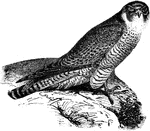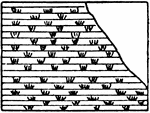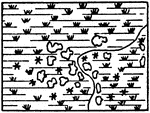Clipart tagged: ‘marsh’
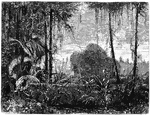
Everglades
The Everglades is a subtropical wetland located in the southern portion of the U.S. state of Florida,…

American Marsh Hawk
Also known as the American harrier, the marsh hawk (C. Hudsonius) is nineteen to twenty-one…

Flowering Branch of Hibiscus Coccineus
Hibiscus coccineus flowers are bright scarlet. The flowers bloom in July and August. The shrubs grow…
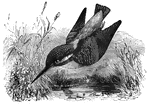
European Kingfisher
Found throughout Middle Europe, the European Kingfisher is a solitary bird that inhabits wet areas,…
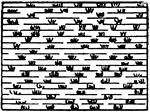
Fresh Marsh
The typical representation of a marsh in general (or fresh marsh) on a topographical map.

Romney Marsh Breed
"A distinct long woolled breed. They have been much modified by a large infusion of Leicester blood;…

The Longest Way Round, is the Shortest Way Home
"These two boys have just been let out of school, and are returning home. Their father's house is seen…
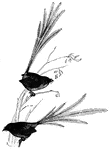
Emu Wren
Native to Australia, this is known to natives of New South Wales as waw-gul-jelly. It is shy…

